- Heddels
- Posts
- Nov 12 - Corduroy History - Devium
Nov 12 - Corduroy History - Devium
Together with
Corduroy - Read Between the Lines of the Waled Fabric
We dive deep into the ridges corduroy, a fall weather fabric that's been in use for nearly two thousand years.
James Smith

If you look through your family photo albums, you’ll see relatives of all generations rocking a certain, thick, ridged fabric, and that fabric will be corduroy. From your great uncle’s pants to the Osh Kosh B’Gosh dungarees of your childhood, corduroy has certainly dipped in and out of fashion over the years, but it’s made a strong comeback in the last decade.
So, in line with its current resurgence, let’s get between the ridges and see what makes corduroy so special.
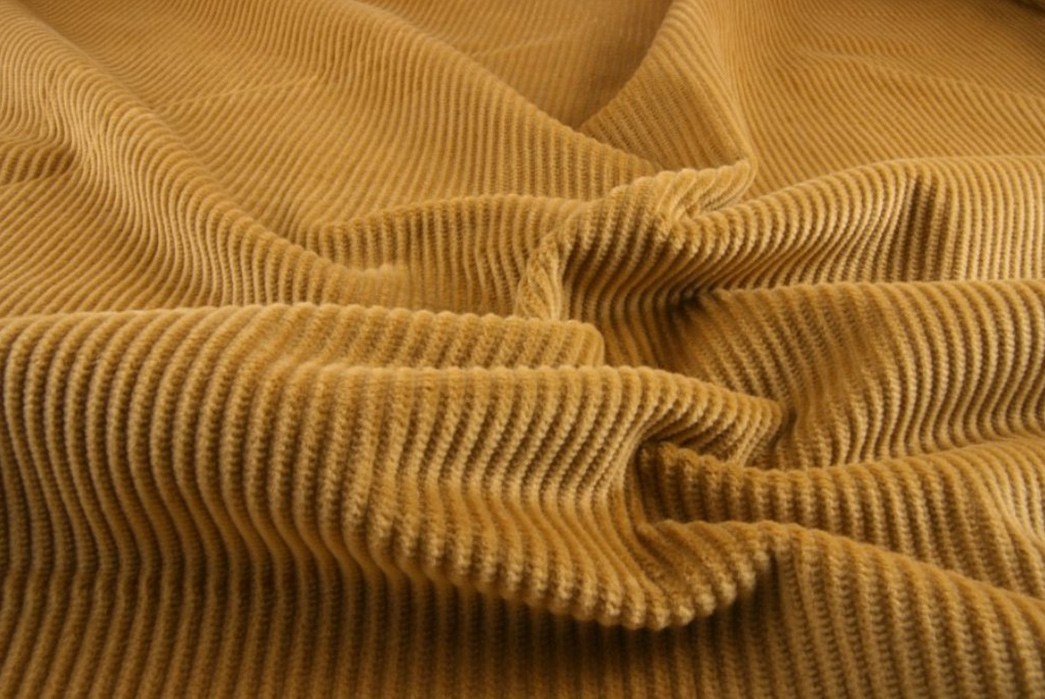
Cloud Clothing History
The History of Corduroy
Corduroy may be a twentieth-century sensation, but its roots can be traced back over almost two thousand years. There are conflicting theories about the earliest history of corduroy, but it’s believed to have evolved from a cotton weave known as Fustian, which was made in the city of Fustat, Egypt, as early as 200AD.
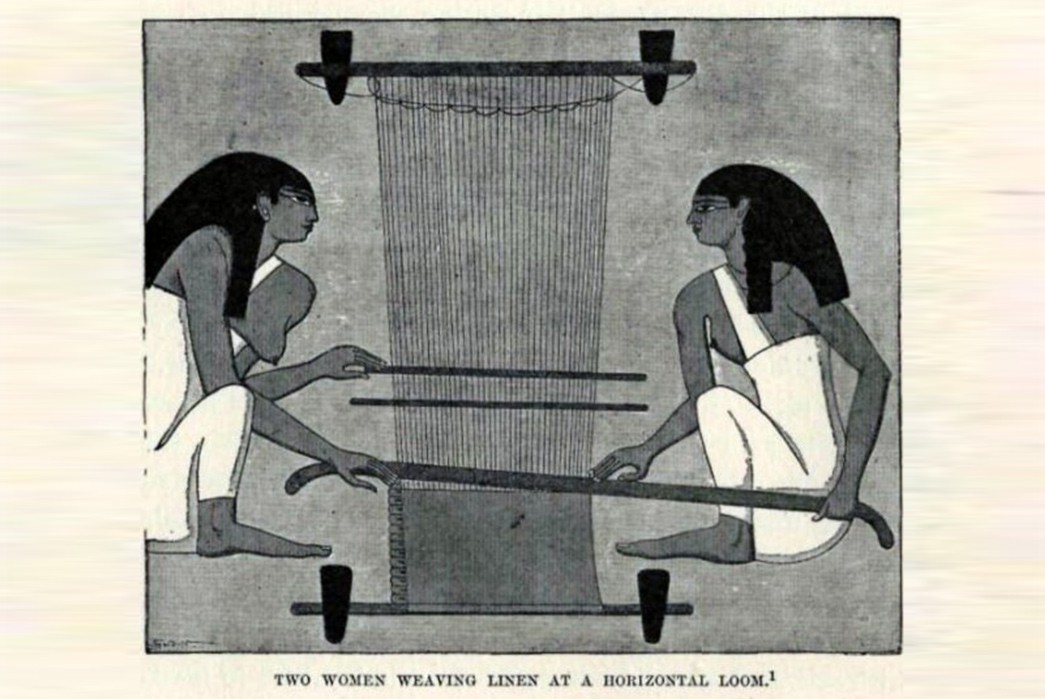
Egyptian women weaving linen. Image via V Is For Vintage.
Although early forms of Fustian were coarse fabrics with a raised nap, they were a far cry from the fabric we know as Corduroy today. It wasn’t until the fabric passed across Western Europe to England that it would gain the corded texture that made it popular with royalty, sportsmen, and workmen alike.
For many years, corduroy was used to produce men’s sporting clothing and workwear due to its resilience, easy care, and durability. But by the nineteenth century, it had become less favored—dubbed ‘poor man’s velvet’, countrymen and sporting gents looked down upon corduroy as the uniform of the lower working class.

Fast forward to the twentieth century, and corduroy was back in the cut, becoming standard issue for school uniforms and lower-ranking soldiers in World War I. It was even used for upholstery on motor vehicles, and from the ’20s onwards, corduroy began a steady transition from workwear and uniform application to a fashionable fabric for the well-dressed gent.
This continued up until the ’50s, when corduroy began its yo-yo love affair with the fashion industry. Unlike denim, it has bounced on-and-off trends in contemporary fashion, with out-of-fashion periods lasting years on end. But when corduroy comes back, it comes back hard, and with a new audience each time. The late-’60s revival saw hippies, Ivy Leaguers, and rock stars don the ridged fabric with pride, and the ’70s are widely regarded as the golden era of corduroy, where bulky, big-lapelled suit jackets were worn by many public figures, often in bright, garish colorways.

Jack Nicholson even sports a burgundy, Margaret Howell-designed corduroy jacket as he buries an axe into another man’s chest in 1980’s “The Shining.”

Image via The Tigerhood
How Corduroy Is Made
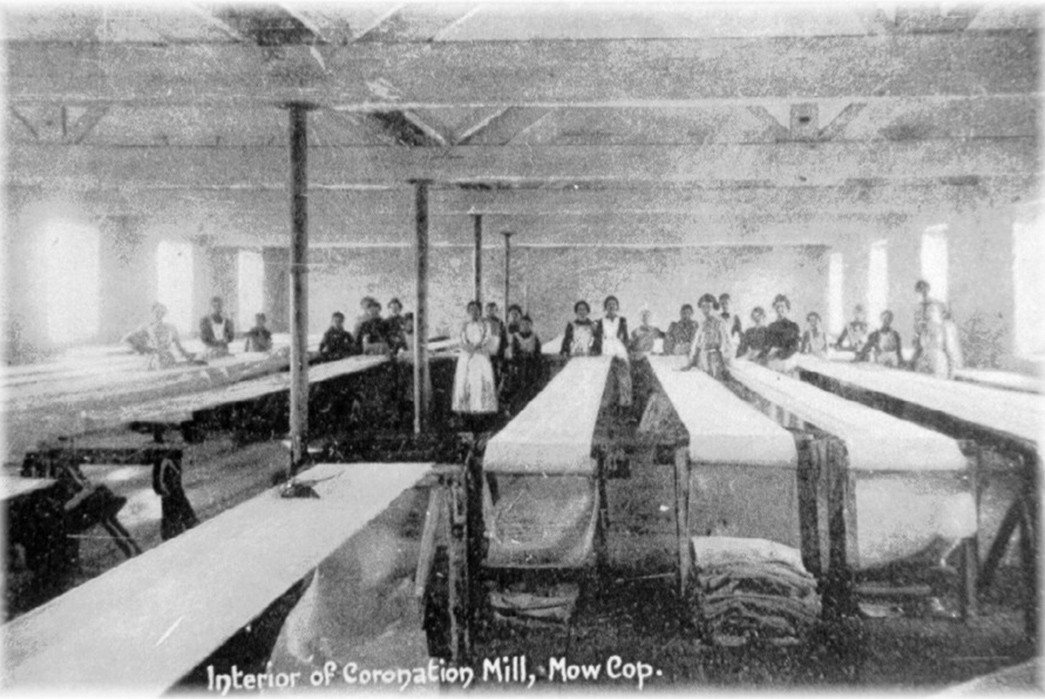
A mill with Fustian laid out for cutting. Image via Mow Cop
As mentioned, the history of corduroy stretches back to the ancient Egyptians, but it wasn’t until a point between the seventeenth and eighteenth century that ‘Fustian cutting’ would revolutionize Fustian and see it evolve into corduroy.
Clothmakers would pull the cloth tight and run a sharp, knife-like instrument through the length of the fabric, cutting the weft yarns to create ‘piles’. The now piled fabric was then brushed, singed, and finished, creating a ridged, textured cloth—Corduroy.
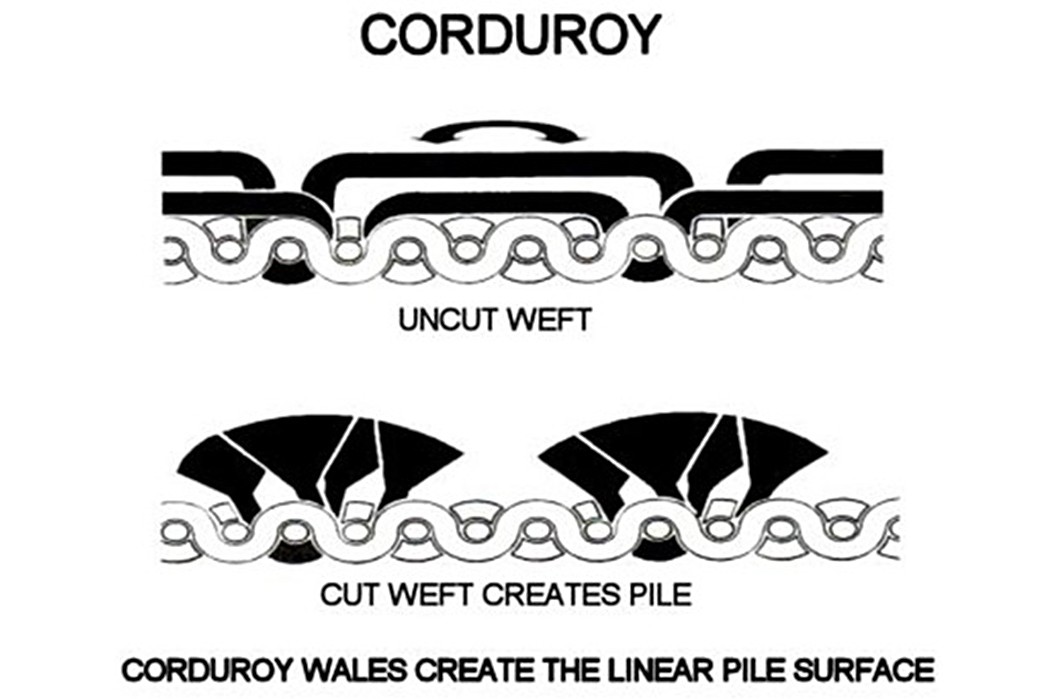
Image via Fashion Era.
Today, the concept of corduroy is the same, but advances in technology have made the process a lot less laborious. Additional yarns, often wool or rayon, are woven into a base fabric, and machinery makes light work of cutting the weft yarns and creating the vertical ridges which are now known as ‘wales‘.
Wale Count & Types of Corduroy
The width of the wales defines the texture of the Corduroy. This is measured by the number of wales per square inch, e.g. 14-Wale. Corduroy with wider wales, such as 1.5, is often used on upholstery or hard-wearing trousers, while a wale measurement of 14 will make for a finer garment.
Standard Wale
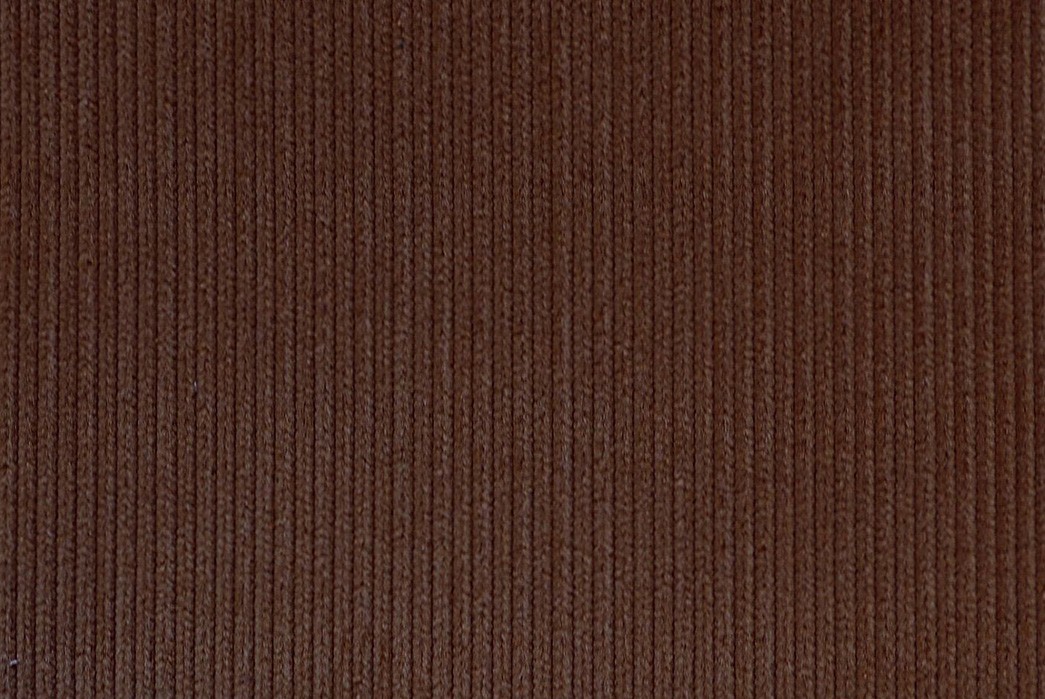
12-Wale Brown Corduroy Via Yorkshire Fabric
This is the most commonly used type of corduroy, with a wale count between 10-12. This type of corduroy will be found on all types of garments and accessories.
Pincord/ Needlecord
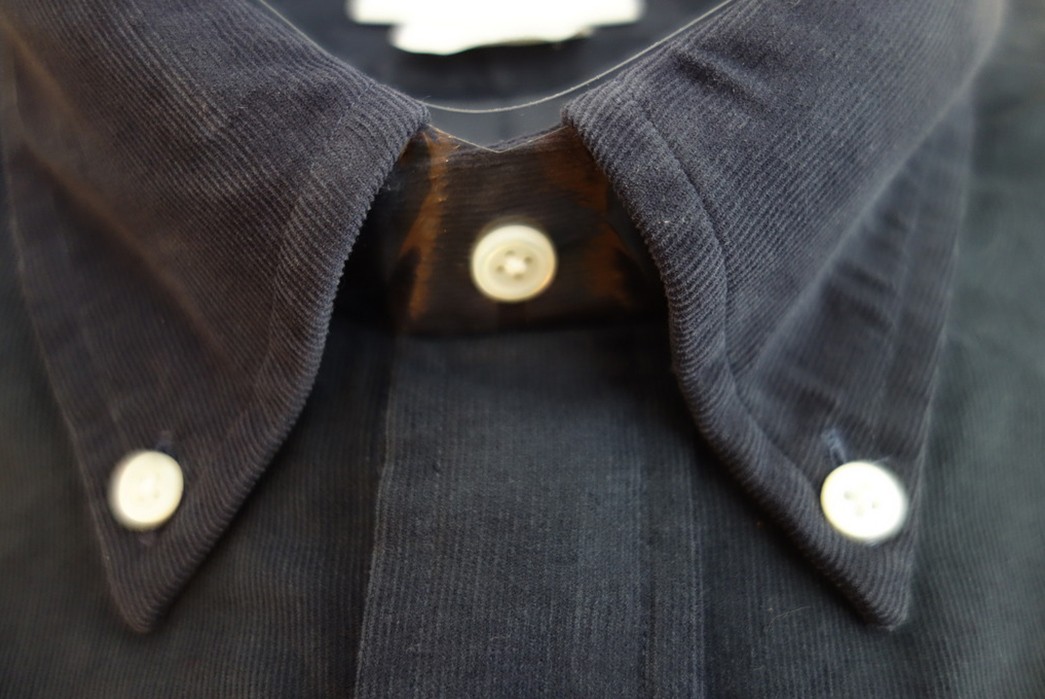
A pincord Brooks Brothers shirt via StyleForum
Pincord represents corduroy of the finest wale counts, often as high as 16 or above. Corduroy of this nature will mainly be found on garments worn above the waist, and on finishes such as pocket linings.
Bedford Cord
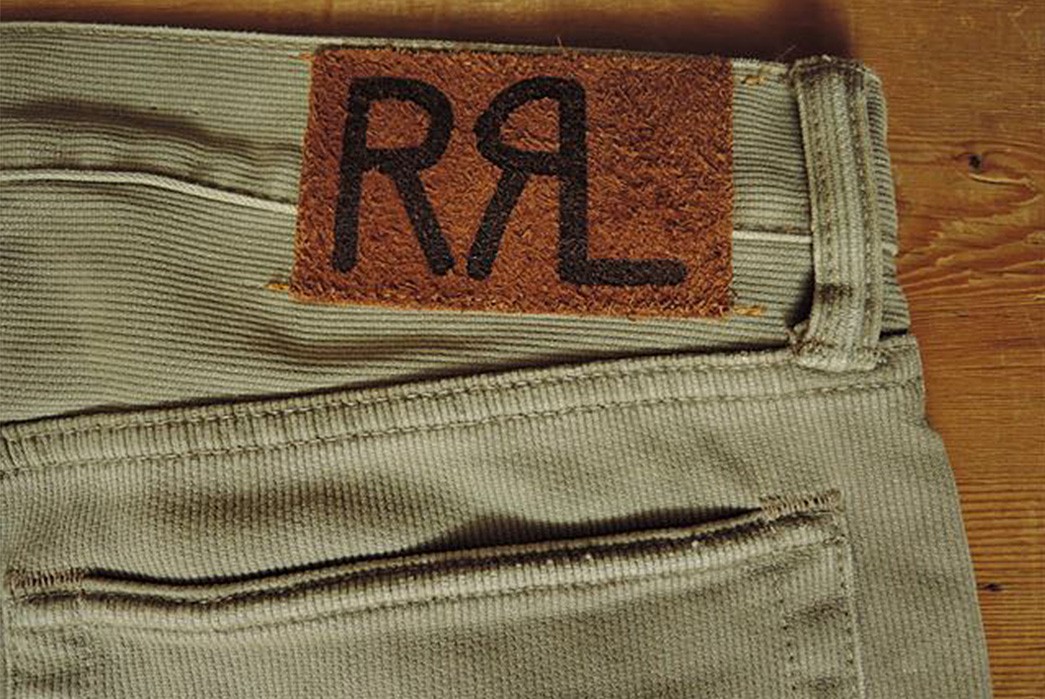
Bedford Cord used on some RRL Pants. Image via Coney Island.
A fabric in its own right, Bedford Cord resembles fine corduroy, but the base fabric does not have the filling yarns that help to define the wales. This results in a faintly ridged fabric that does not exhibit the base fabric in between its subtle wales.
How Corduroy Fades
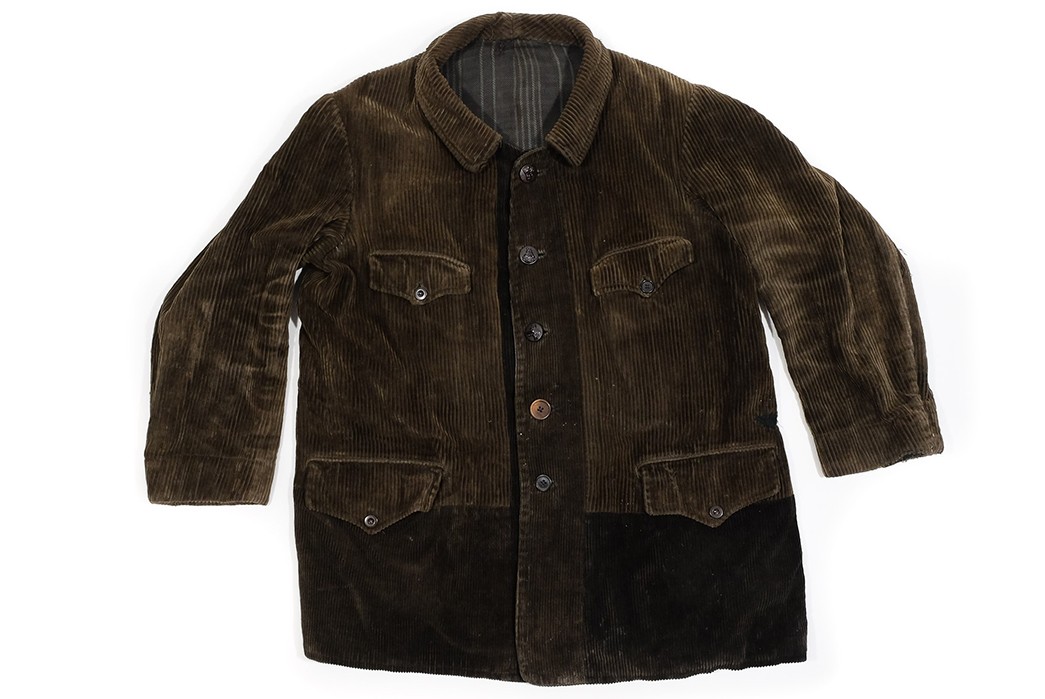
Just like denim or leather – corduroy has its own unique way of fading and aging. Depending on the yarns used, corduroy will soften, and lose its dye, creating lighter-toned fades in the higher stress points and leaving remnants of the original dye between its wales. Due to the fibrous nature of the wales, corduroy can also develop a lustrous sheen as it picks up oils and dirt from day-to-day wear.
Chunks of the tufts will also wear away in higher stress points on a garment, creating light evidence of honeycombs or whiskers as you might see on raw denim.
Where You Can Find Corduroy Today
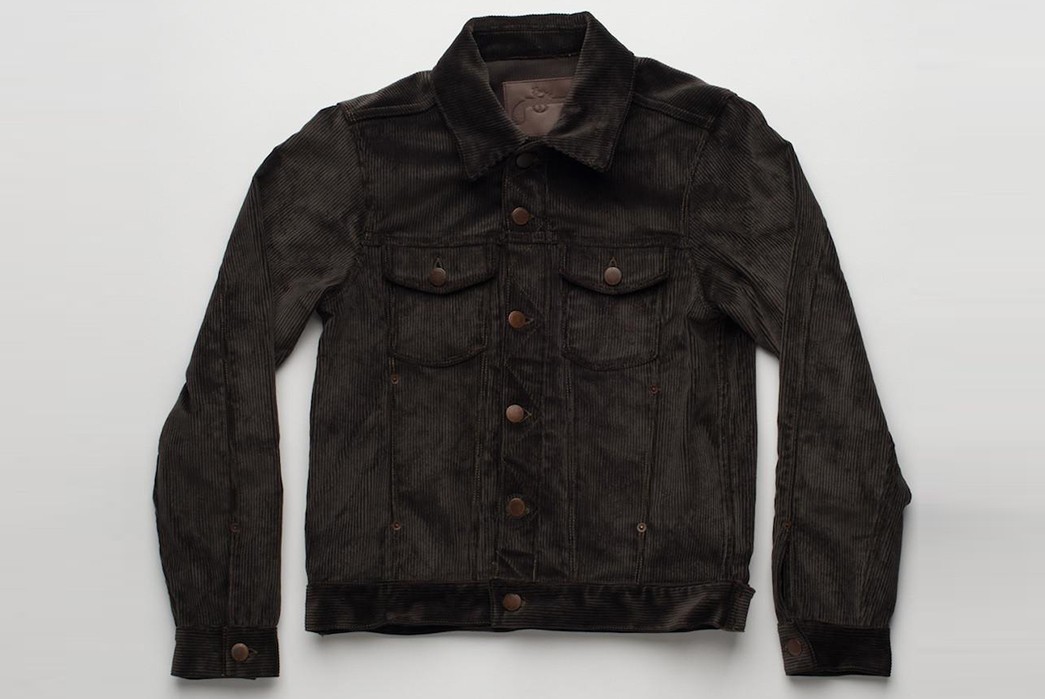
Freenot Cloth Corduroy Jacket via Freenote Cloth
Corduroy is currently in a widespread revival, with most designers and labels utilizing it for their Fall/Winter collections. And when it comes to heritage clothing, corduroy is somewhat ubiquitous to the aesthetic, especially in workwear-inspired garments.
Corduroy’s fame may ebb and flow but the through line is clear, this waled fabric isn’t going anywhere. A high-quality basic like a chore coat, jacket, or pair of trousers could serve you well for many years to come.
Corduroy Products
What did you think of today's newsletter? |








